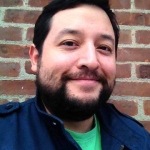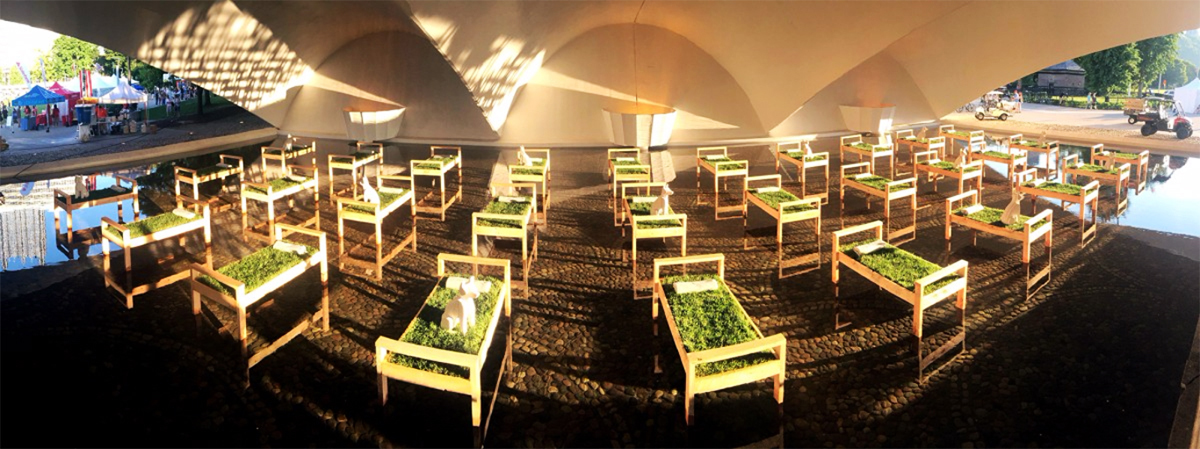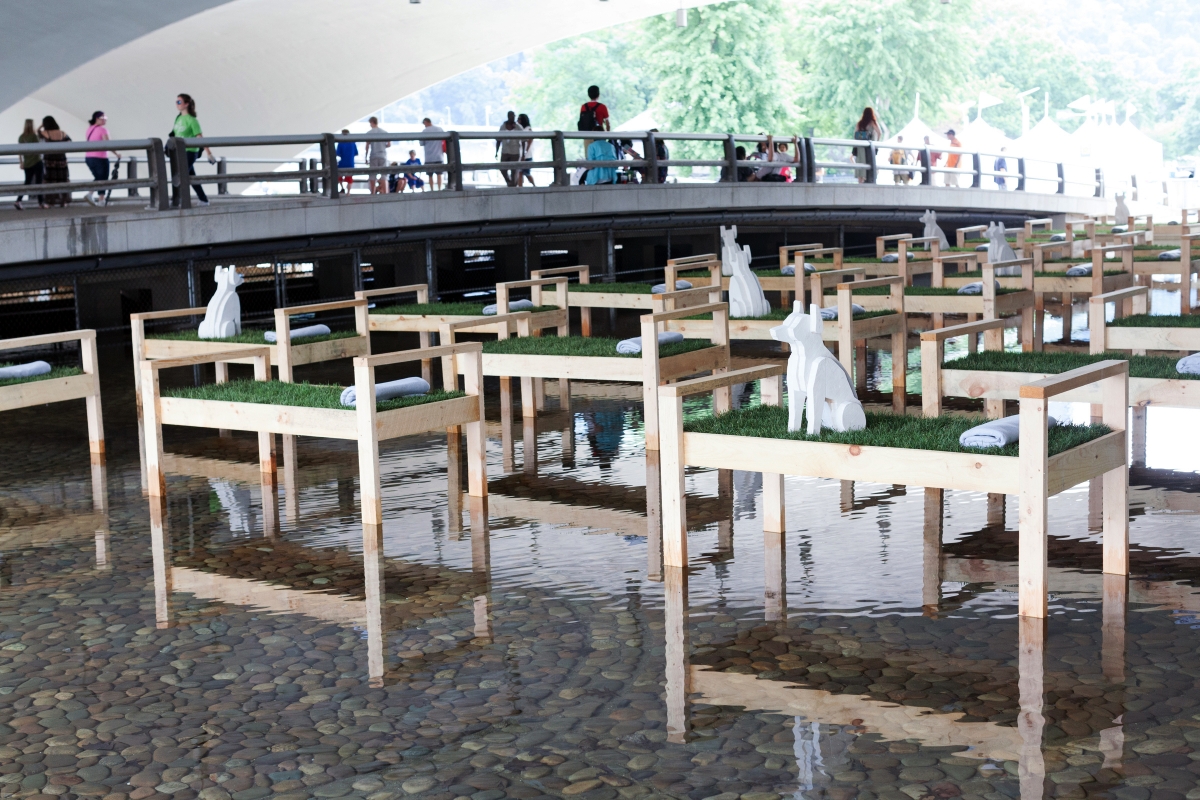
Fernando Orellana

Nadine Wasserman
Public Art Works Consider Festival’s Physical Place in History
Posted by Aug 17, 2016 0 comments

Fernando Orellana

Nadine Wasserman
For the 16th anniversary of the Public Art Network Year in Review, we offered the selected applicants and artists the opportunity to tell us the stories behind their works. This week's blog salon features the stories behind some of the most compelling public art projects completed in 2015.
One of the most dramatic features of Pittsburgh is the confluence of its rivers. Its grand views and open spaces offer the perfect spot for public art. When I was asked to curate the public art component of the Three Rivers Arts Festival, I couldn’t wait to assemble a group of artists who could respond to the geography as well as the rich history of the setting. This annual festival is located at a state park located at the confluence of these rivers known colloquially as “The Point.”
At the center of travel and trade on the rivers, The Point was a historically strategic spot. Fought over by the British and the French, it has played a role in the French and Indian War, Pontiac’s Rebellion, the American Revolution, the first peace treaty between American Indians and the United States, westward expansion, and industrialism. The theme for the festival was Unseen/Unheard, which was a wonderful way to discover that history, and each artist brought a different approach to the theme that—while different in style and medium—shared affinities as well as a mixture of reverence, humor, candor, and gravity.
—Nadine Wasserman
It is estimated that from 1492 to 1600, between 60-100 million Native Americans in locations that include North, Central and South America died due to the collision of the Old and New World. Regarded by some as the largest genocide in human history, most of the deaths came from disease and from the conscious slaughter of native populations by Europeans.
Lacking immunity of any kind, in most instances, the diseases that Europeans brought with them traveled ahead of their conquest, wiping out entire Native American civilizations before they arrived. If the diseases did not kill them, their newly arrived Old World cousins certainly did; the European saw the Native American as a nuisance or pest, standing in the way of their rapid colonization of the New World. They quickly exterminated millions in the most horrific manner possible, with some records accounting for entire villages being slaughtered, cut to pieces and fed to the livestock.
There is no question that the Native American’s experience of “colonization” was a living nightmare, but suffering and death did not spare the settlers from the Old World. Countless lives were lost as the Old World migrated into the New World. After deadly ocean voyages that lasted months, the settlers were met in the New World with famine, war, disease, and extreme poverty. Not to mention that some of these immigrants had no choice, as they were either persecuted out of their countries or taken as slaves to the New World.
For me, this history creates an internal conflict that is hard to ignore. Though I am of European descent (Spanish), with my ancestry going back to Fransisco de Orellana, one of the original Spanish conquistadors, another part of me is Native Central American (Maya), which was practically wiped out during colonization. Because of this, I have to accept both viewpoints of our American history equally.
The more I looked at the Allegheny and Monongahela rivers coming together in Pittsburgh to form the Ohio River, the more I drew parallels between those waters and myself. I, and so many others like me, are the children of two genetic and cultural rivers that propelled towards each other for thousands of years. The confluence of these two rivers can be seen as the unavoidable collision of the Old World with the New World; two populations, starting from a shared ancestry, divided by time and geography and eventually becoming whole once again. Just like the waters of the three rivers of Pittsburgh, there was extreme violence when these populations first mixed, but as the waters calmed downstream of the Ohio, their destiny became forever linked.
The work that I created for the festival, “Confluence,” is a type of memorial to the millions of lives that perished during these brutal centuries, allowing us now to celebrate our union and the three rivers area of Pittsburgh. My site-specific installation under the Portal Bridge at Point State Park consisted of 60 wooden beds, configured on each side of the bridge in three rows as they would in a military field hospital (30 beds on each side of the bridge). These beds were used as a symbol for humanity, a stage for our birth, rest and death. Instead of mattresses, each bed had locally grown grass placed on top, a reference to the natural world that has also been lost in the area. At the head of each bed was a folded blanket, pointing to the atrocities committed against the Native American, but also the exploration and trade that first brought Europeans to the area. Finally, on some of the beds were seated wooden canines, seen by some cultures both from the Old World and the New World as sacred, helping carry the soul over turbulent waters to the land of the dead. The dogs in this installation patiently awaited their human companions, watching for them from both this world and the next.
—Fernando Orellana


